Great white sharks are fascinating creatures that evoke both fear and awe in people around the world. These apex predators play a crucial role in marine ecosystems, but what exactly do they eat? In this comprehensive guide, we’ll delve into the dietary habits of great white sharks, exploring ten key items on their menu. From seals to sea turtles, these formidable hunters have a diverse palate that helps sustain their formidable size and power.
Key Takeaways
- Great white sharks are apex predators, meaning they sit at the top of the marine food chain.
- Their diet includes a wide range of prey, from small fish and cephalopods to large marine mammals.
- Smaller great whites eat fish, rays, and crustaceans. Larger ones consume seals, sea lions, dolphins, seabirds, marine turtles, rays, and other sharks.
- Great white sharks primarily hunt by ambushing their prey from below, using stealth and speed to their advantage.
- Understanding their diet is crucial for conservation efforts and ecosystem management.
Exploring the Diet of Great White Sharks
1. Seals and Sea Lions
Great white sharks are well-known for their predation on seals and sea lions. These marine mammals provide a rich source of energy and nutrients for the sharks. With their powerful jaws and serrated teeth, great whites can swiftly incapacitate their prey, often targeting individuals that stray too far from the safety of the shore.
Seals and sea lions are a primary food source for great white sharks, offering a high-energy meal that sustains their massive size.

2. Fish
Despite their reputation as apex predators, great white sharks also consume a variety of fish species. From small bony fish to larger pelagic species, these sharks are opportunistic feeders that take advantage of any available prey. Fish such as tuna, mackerel, and herring are all potential targets for hungry great whites.
While seals and sea lions may be their preferred prey, great white sharks are not picky eaters and will readily consume fish when the opportunity arises.
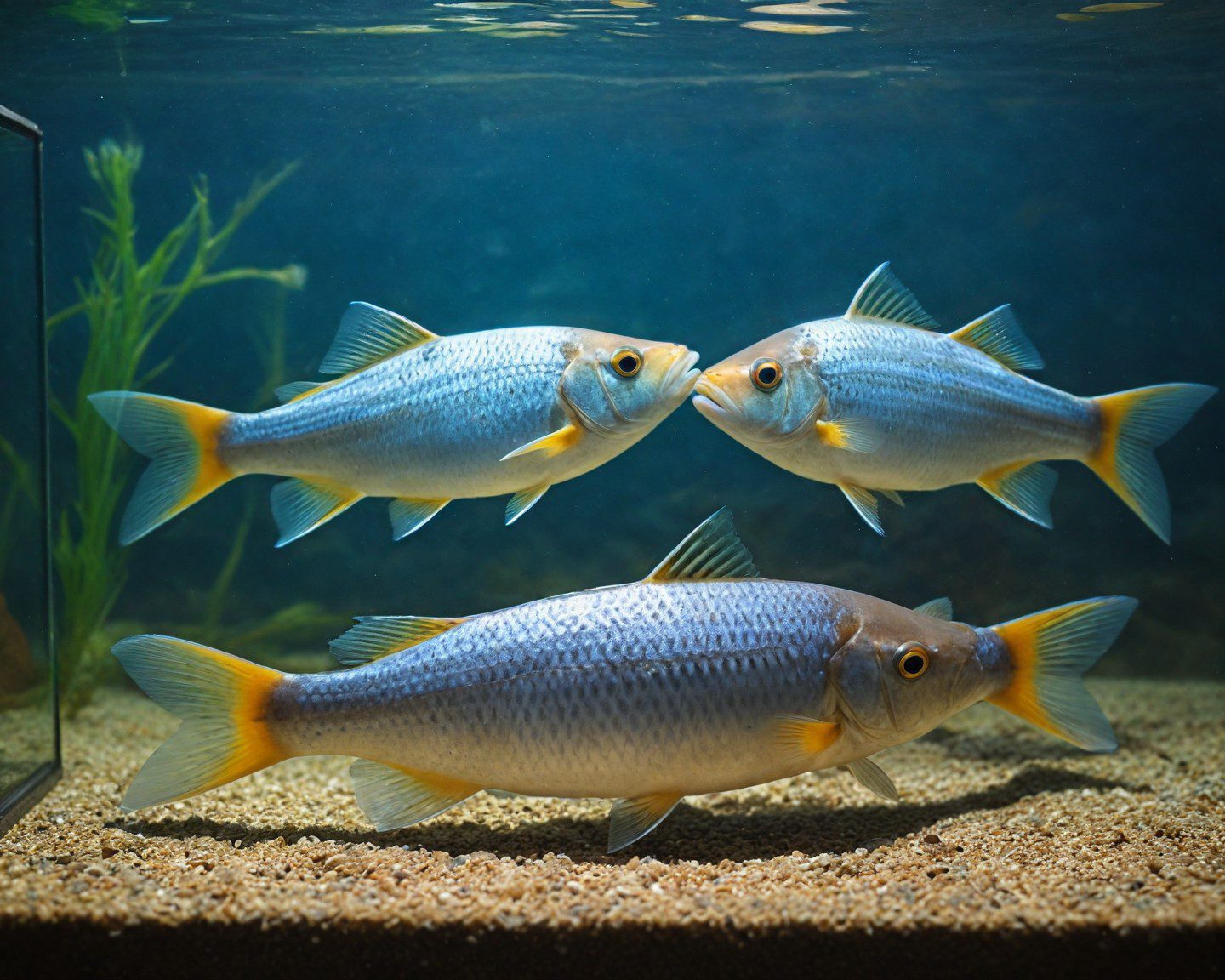
3. Dolphins
Dolphins may seem like agile swimmers that would be difficult for predators to catch, but great white sharks are more than up to the task. These sharks are known to target dolphins, particularly when they are sick, injured, or separated from their pod. With their speed and stealth, great whites can quickly dispatch a dolphin and consume it as a meal.
Despite their intelligence and agility, dolphins are not immune to predation by great white sharks, especially when they are vulnerable or isolated.

4. Seabirds
Seabirds may not seem like typical prey for sharks, but great whites are known to target them when they are feeding near the water’s surface. Gulls, terns, and other seabirds that dive for fish are at risk of becoming a meal for these apex predators. Great whites can launch themselves out of the water with incredible speed and force, catching unsuspecting seabirds by surprise.
Seabirds that venture too close to the water’s surface risk becoming prey for great white sharks, which can launch themselves out of the water in a powerful attack.

5. Marine Turtles
Marine turtles, including species like green turtles and loggerheads, are also on the menu for great white sharks. These slow-moving reptiles are vulnerable to predation when they surface to breathe or bask in the sun. Great whites use their powerful jaws to bite through the turtle’s shell, accessing the nutritious flesh inside.
Marine turtles may seem well-protected by their shells, but great white sharks have no trouble cracking them open to access the tasty meat inside.
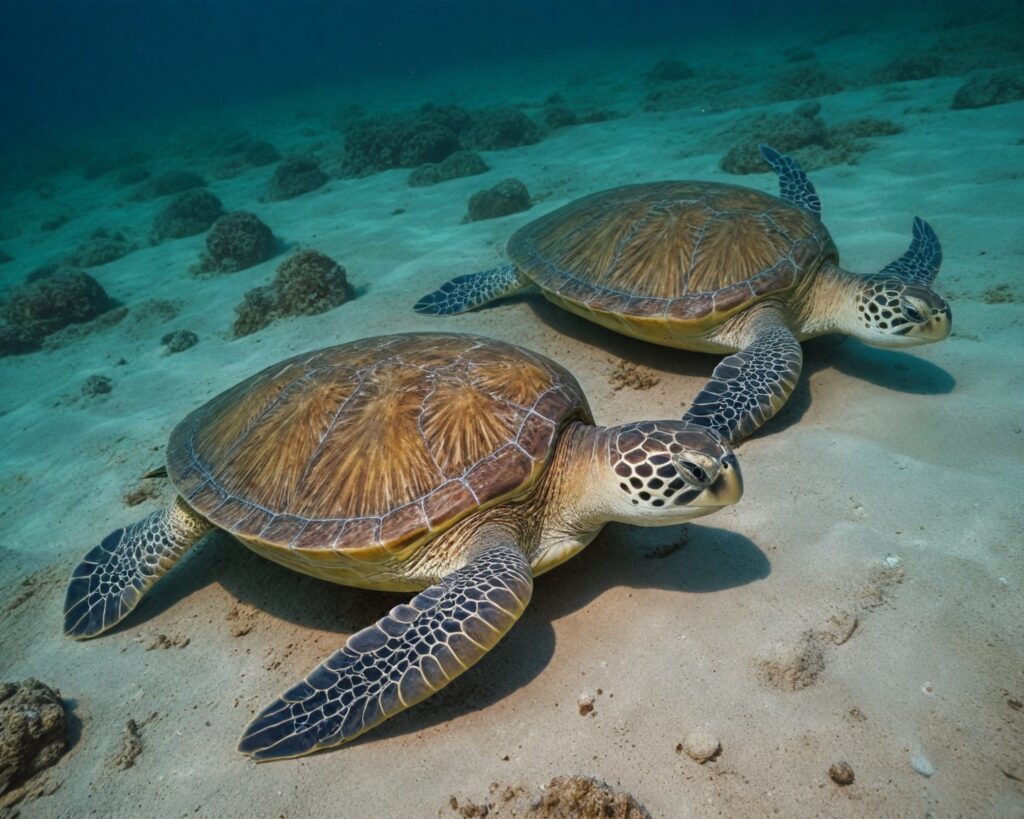
6. Rays
Rays are another staple food source for great white sharks. These flat-bodied fish are abundant in many coastal areas, making them an easily accessible prey item for the sharks. Great whites use their keen sense of smell to detect rays buried in the sand, then launch a surprise attack from below to capture their prey.
Rays are a common sight on the menu for great white sharks, which rely on their stealth and speed to ambush these flat-bodied fish from below.

7. Other Sharks
While it may seem surprising, great white sharks are known to cannibalize members of their own species. Juvenile sharks, in particular, may fall victim to larger individuals seeking to assert dominance or eliminate competition. In addition to cannibalism, great whites also prey on smaller shark species, further solidifying their position as top predators in the ocean.
Great white sharks are formidable hunters that will not hesitate to cannibalize members of their own species or prey on smaller shark species when the opportunity arises.
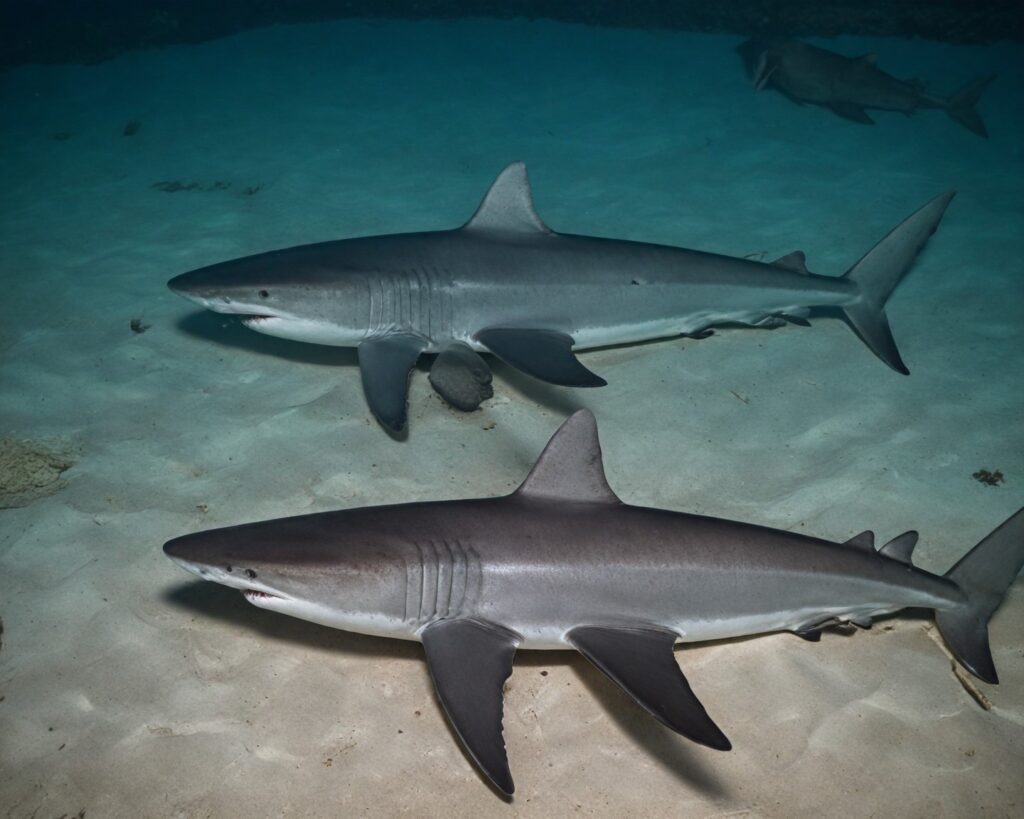
8. Squid and Octopus
Cephalopods such as squid and octopus are also part of the great white shark’s diet. These soft-bodied creatures are a rich source of protein and nutrients, making them an attractive prey item for the sharks. Great whites use their sharp teeth to puncture the tough outer skin of the cephalopods, then use suction to draw the flesh into their mouths.
Squid and octopus may not be as large as seals or sea lions, but they still provide a valuable source of nutrition for great white sharks, which use their sharp teeth and powerful jaws to consume these soft-bodied creatures.
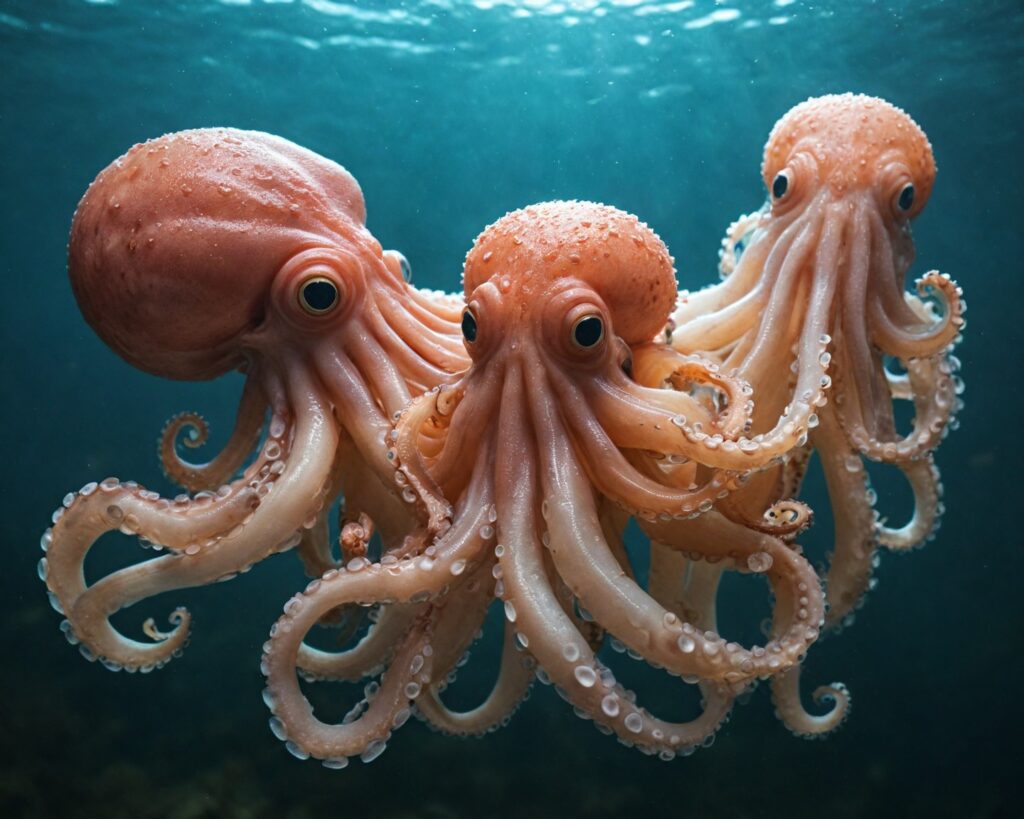
9. Carrion
Great white sharks are not always active hunters; they are also scavengers that feed on carrion when the opportunity arises. Carrion, or dead and decaying flesh, provides an easy meal for these opportunistic predators. Whether it’s a whale carcass or the remains of a large fish, great whites will not hesitate to feed on carrion to sustain themselves.
While great white sharks are formidable hunters, they are also opportunistic scavengers that will feed on carrion when it’s available, providing an important ecological service by helping to recycle nutrients in the marine environment.
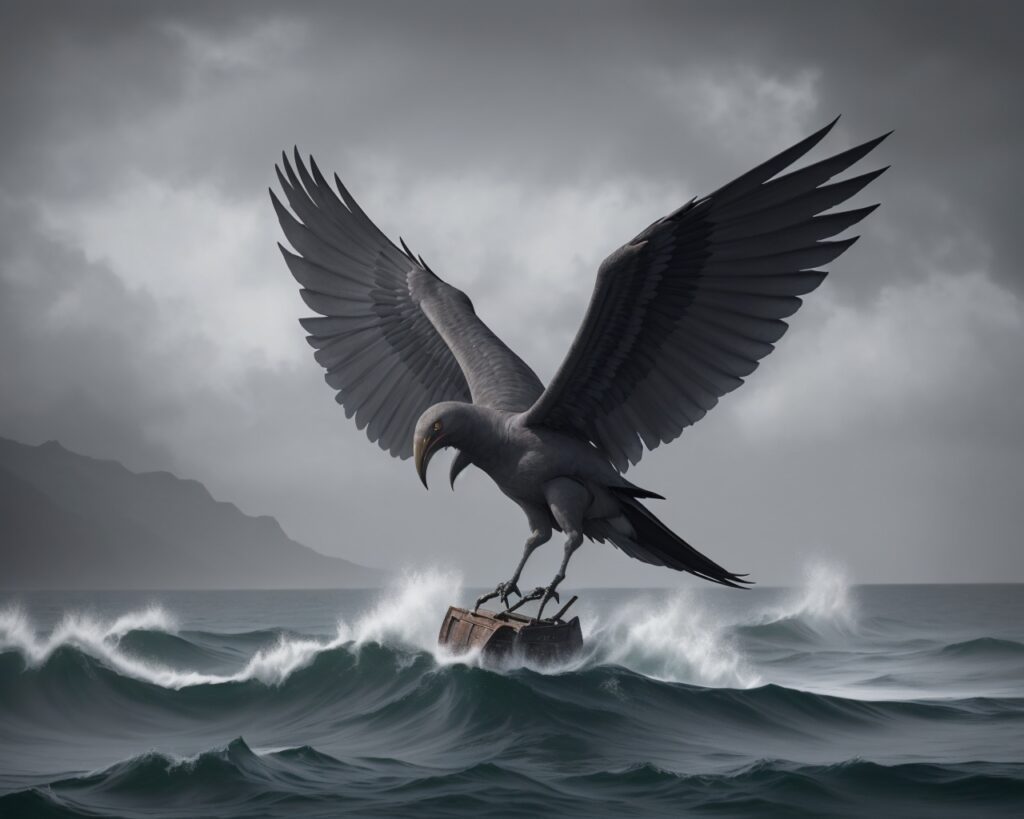
10. Human Activities
Unfortunately, human activities have also contributed to the diet of great white sharks. Overfishing and habitat destruction have depleted natural prey populations, forcing sharks to seek alternative food sources. In some cases, this has led to an increase in interactions between sharks and humans, with potentially dangerous consequences.
Human activities such as overfishing and habitat destruction have altered the marine environment, affecting the availability of prey for great white sharks and increasing the likelihood of interactions between sharks and humans.

Conclusion
In conclusion, great white sharks have a diverse diet that includes a wide range of prey items. From seals and sea lions to fish, dolphins, and even other sharks, these apex predators are skilled hunters that play a crucial role in maintaining the balance of marine ecosystems. Understanding their dietary habits is essential for conservation efforts and ensuring the long-term survival of these magnificent creatures.
Great White Shark Diet Overview
| Prey Species | Description |
|---|---|
| Seals and Sea Lions | Rich source of energy and nutrients; primary prey item for great whites |
| Fish | Includes a variety of species, from small bony fish to larger pelagic species |
| Dolphins | Targeted when sick, injured, or separated from their pod |
| Seabirds | Preyed upon when feeding near the water’s surface |
| Marine Turtles | Vulnerable when surfacing to breathe or bask in the sun |
| Rays | Easily accessible prey found in coastal areas |
| Other Sharks | Cannibalized or preyed upon for dominance or competition |
| Squid and Octopus | Soft-bodied creatures rich in protein and nutrients |
| Carrion | Dead and decaying flesh provides an easy meal |
| Human Activities | Alterations to the marine environment affect prey availability |
By understanding the dietary preferences of great white sharks, we can better appreciate their role in the ocean ecosystem and work towards ensuring their conservation.
References
- National Geographic. (n.d.). Great White Shark. National Geographic Society. https://www.nationalgeographic.com/animals/fish/g/great-white-shark/
- Shark Research Institute. (2020). Great White Shark Diet. https://www.sharks.org/great-white-shark-diet/
- University of California Museum of Paleontology. (n.d.). Carcharodon carcharias: Biology & Evolution.
